Ergonomic Tips for Mechanical Keyboard Users: Boost Comfort & Health
Ergonomics and Your Mechanical Keyboard: A Match Made in Typing Heaven
Mechanical keyboards are fantastic. They offer superior feel, enhanced customization, and a level of typing satisfaction that membrane keyboards simply can't match. However, all that clicky goodness can be a double-edged sword. If you're not careful, hours spent typing on a mechanical keyboard can lead to discomfort, strain, and even long-term health issues. But fear not! With a few ergonomic adjustments, you can transform your setup into a haven of productivity and comfort.
Why Ergonomics Matters
Ergonomics is the science of designing and arranging things people use so that the people and things interact most efficiently and safely. In the context of mechanical keyboards, this means optimizing your setup to minimize strain on your wrists, hands, neck, and back. Poor ergonomics can lead to:
- Carpal Tunnel Syndrome: Compression of the median nerve in the wrist.
- Tendonitis: Inflammation of tendons.
- Neck and Shoulder Pain: Resulting from poor posture.
- Eye Strain: From staring at a screen for extended periods.
Let's look at how you can avoid these problems and make the most of your mechanical keyboard experience.
Setting Up Your Workspace for Optimal Comfort
1. The Right Keyboard and Desk Height
Your desk height is crucial. Ideally, your elbows should be at a 90-degree angle when you're typing. Your keyboard should be low enough that your wrists are straight or slightly angled downwards, not bent upwards. This often means adjusting your chair height or using a keyboard tray. If you're looking for a great starting point, consider the EPOMAKER EA75. Its compact 75% layout can help you keep your mouse closer, reducing strain on your shoulder.
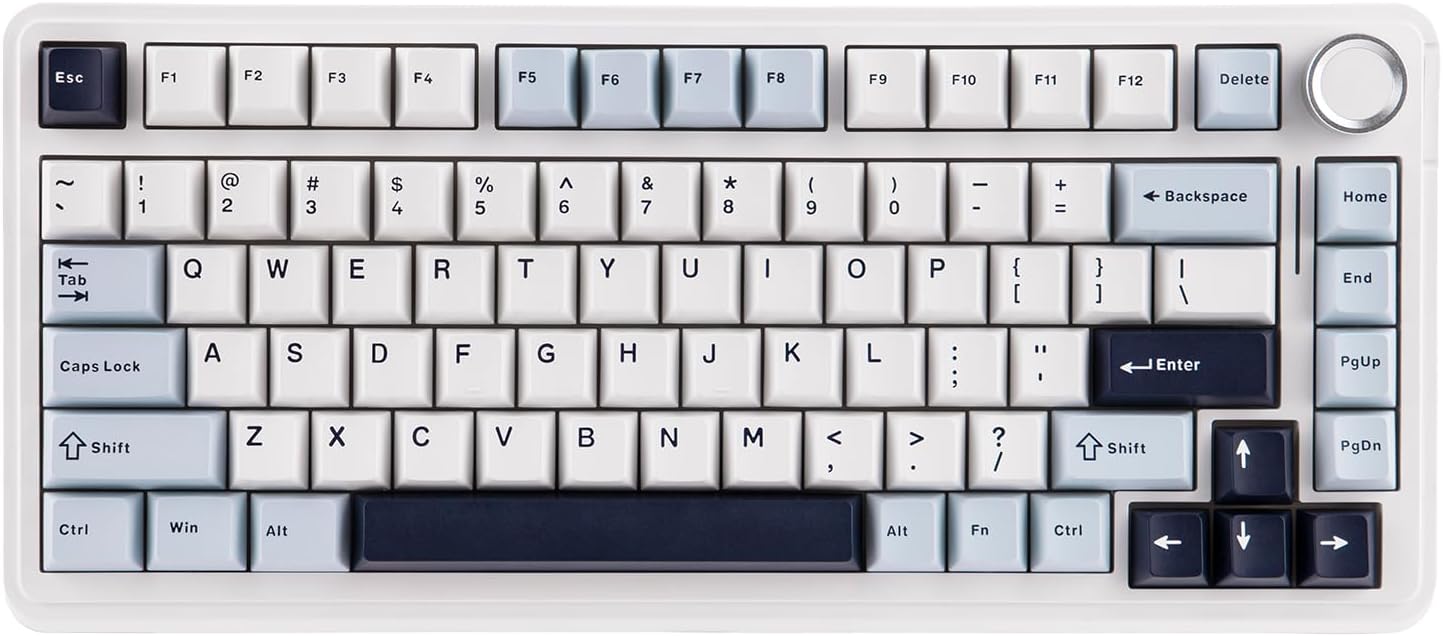 Check Price on Amazon
Check Price on Amazon
2. Keyboard Placement
- Center it: Position your keyboard directly in front of you. Avoid twisting your body to reach it.
- Keep it close: Don't place the keyboard too far away. This forces you to reach, which can strain your shoulders and back.
- Tilt (or don't): Some keyboards have feet to tilt them. Experiment to see if this improves your comfort. Some people find a slight tilt helpful, while others prefer a flat keyboard. The WOBKEY Rainy 75 offers a sleek, minimalist design that can work well in various setups.
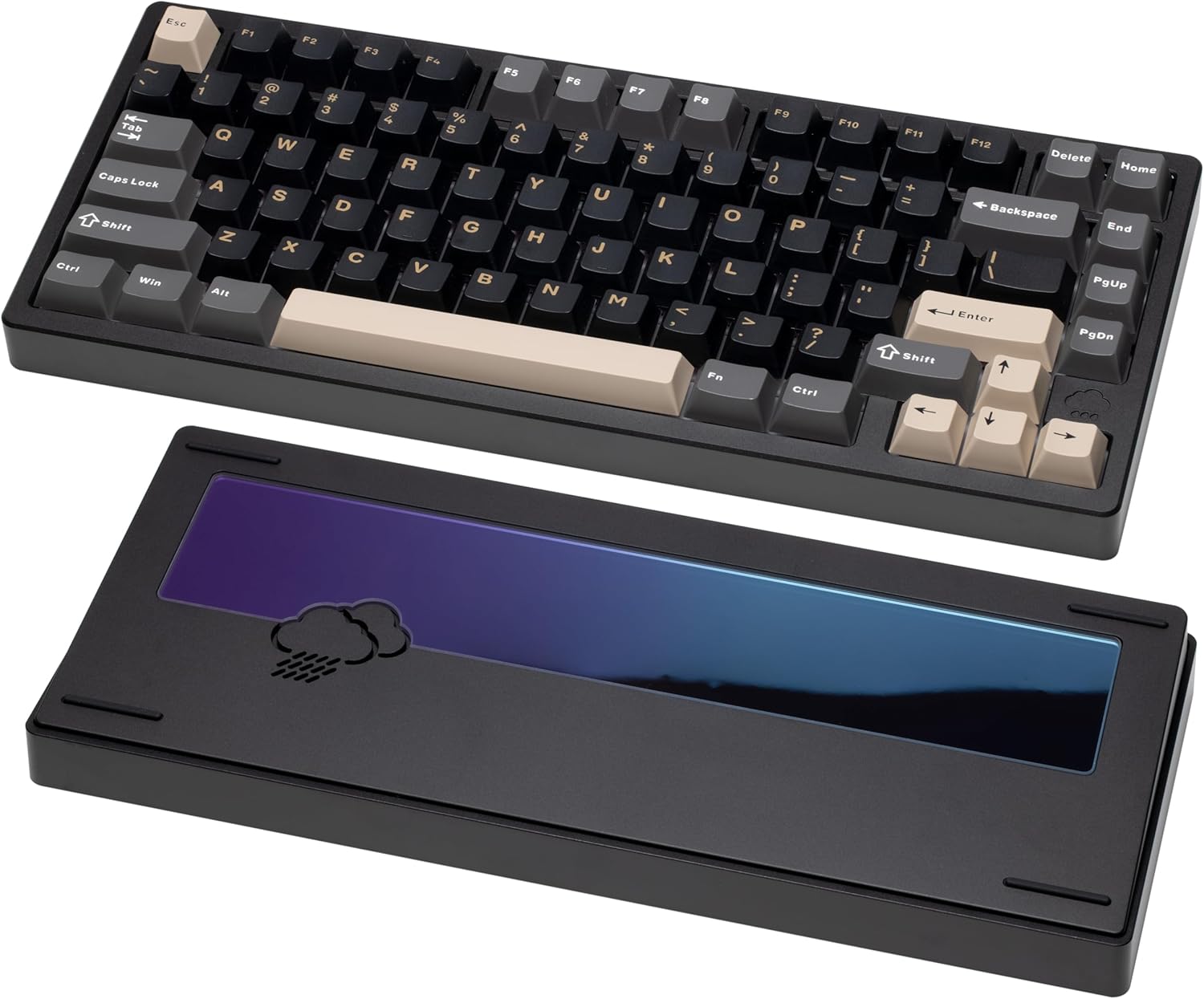 Check Price on Amazon
Check Price on Amazon
3. Monitor Positioning
- Eye Level: The top of your monitor should be at or slightly below eye level. This prevents you from craning your neck.
- Distance: Position your monitor about an arm's length away.
4. Chair Matters
- Support: Use a chair with good lumbar support to maintain the natural curve of your spine.
- Adjustability: Ensure your chair is adjustable for height, armrests, and back support.
Key Techniques for Healthy Typing
1. Proper Posture
- Sit upright: Keep your back straight, with your shoulders relaxed.
- Feet flat: Your feet should be flat on the floor or supported by a footrest.
- Relax your shoulders: Avoid hunching or shrugging.
2. Wrist Position
- Straight wrists: Keep your wrists straight and in line with your forearms. Avoid bending them up, down, or sideways.
- Wrist rests: Wrist rests can be helpful, but use them carefully. They should support your wrists when you're not typing, allowing your wrists to float freely while you type.
3. Typing Technique
- Light touch: Don't pound on the keys. Use a light, consistent touch.
- Use all fingers: Train yourself to use all your fingers for typing to distribute the workload.
- Take breaks: Regular breaks are essential to prevent fatigue. The Keychron K2 HE is a great keyboard for taking breaks, thanks to its portability and versatile connectivity options.
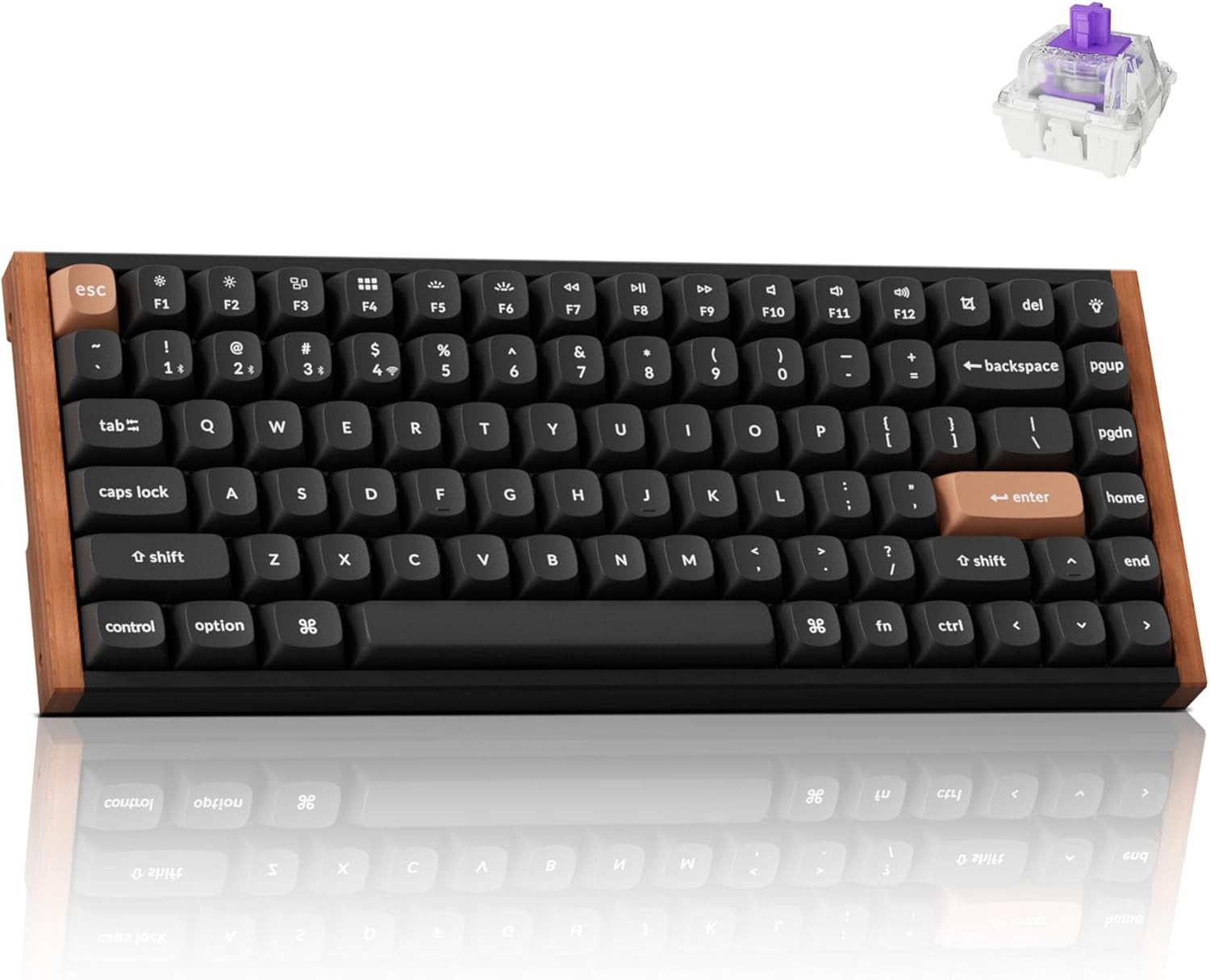 Check Price on Amazon
Check Price on Amazon
4. The Importance of Breaks
- The 20-20-20 rule: Every 20 minutes, look at something 20 feet away for 20 seconds to reduce eye strain.
- Micro-breaks: Get up, stretch, and walk around every hour.
Choosing the Right Mechanical Keyboard for Ergonomics
Not all mechanical keyboards are created equal when it comes to ergonomics. Here's what to consider:
- Layout: Compact layouts (like 75% or 60%) can help you keep your mouse closer, reducing shoulder strain. The AULA F99 offers a compact 96% layout, balancing functionality with space saving.
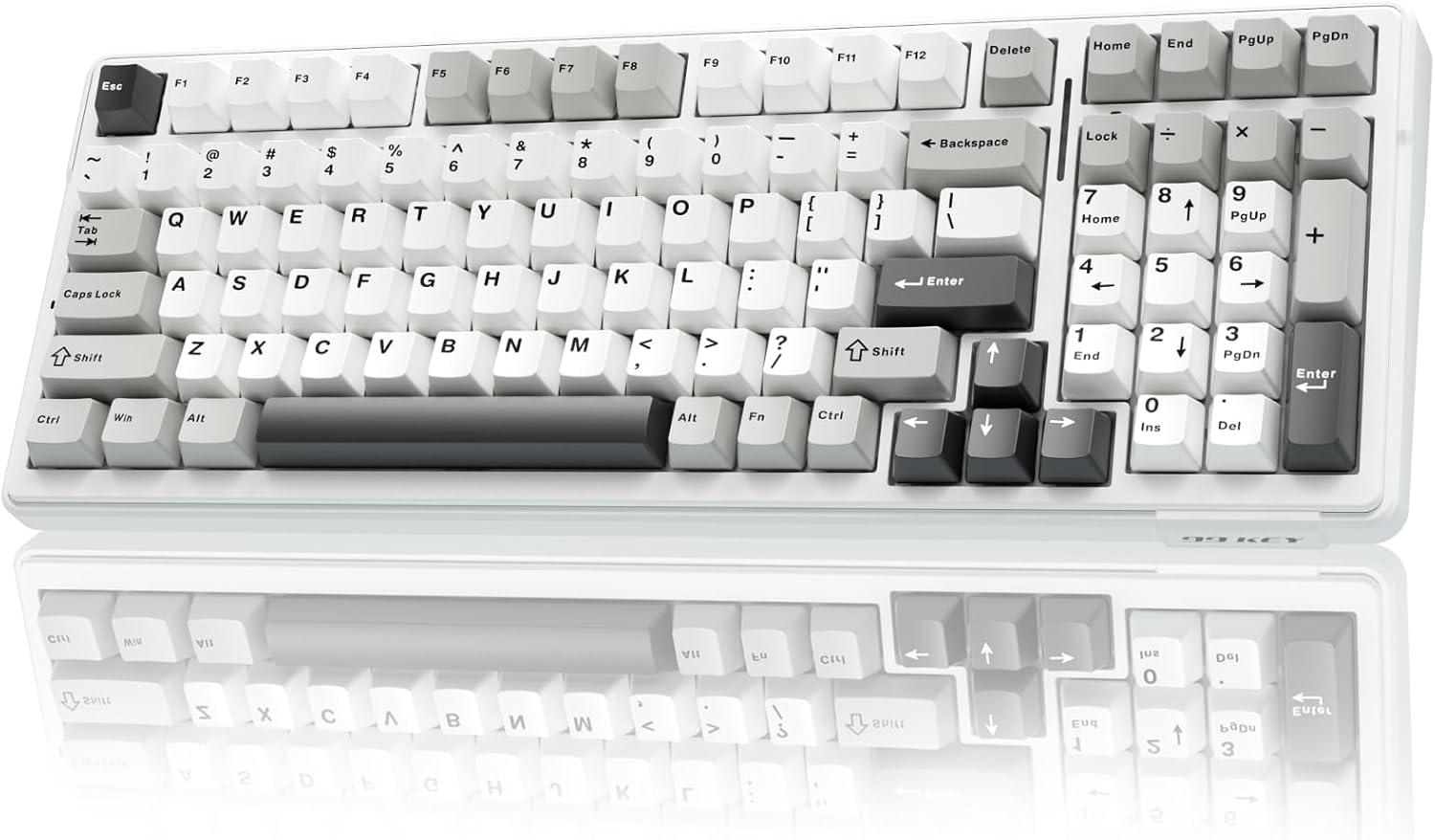 Check Price on Amazon
Check Price on Amazon
- Keycaps: Consider the keycap profile. Some profiles are more ergonomic than others. For example, sculpted keycaps can help your fingers naturally find their positions.
- Switches: Choose switches that feel comfortable to you. Linear switches often require less force, which can reduce strain. The Akko 5075B Plus Air has great keycaps and is a good option.
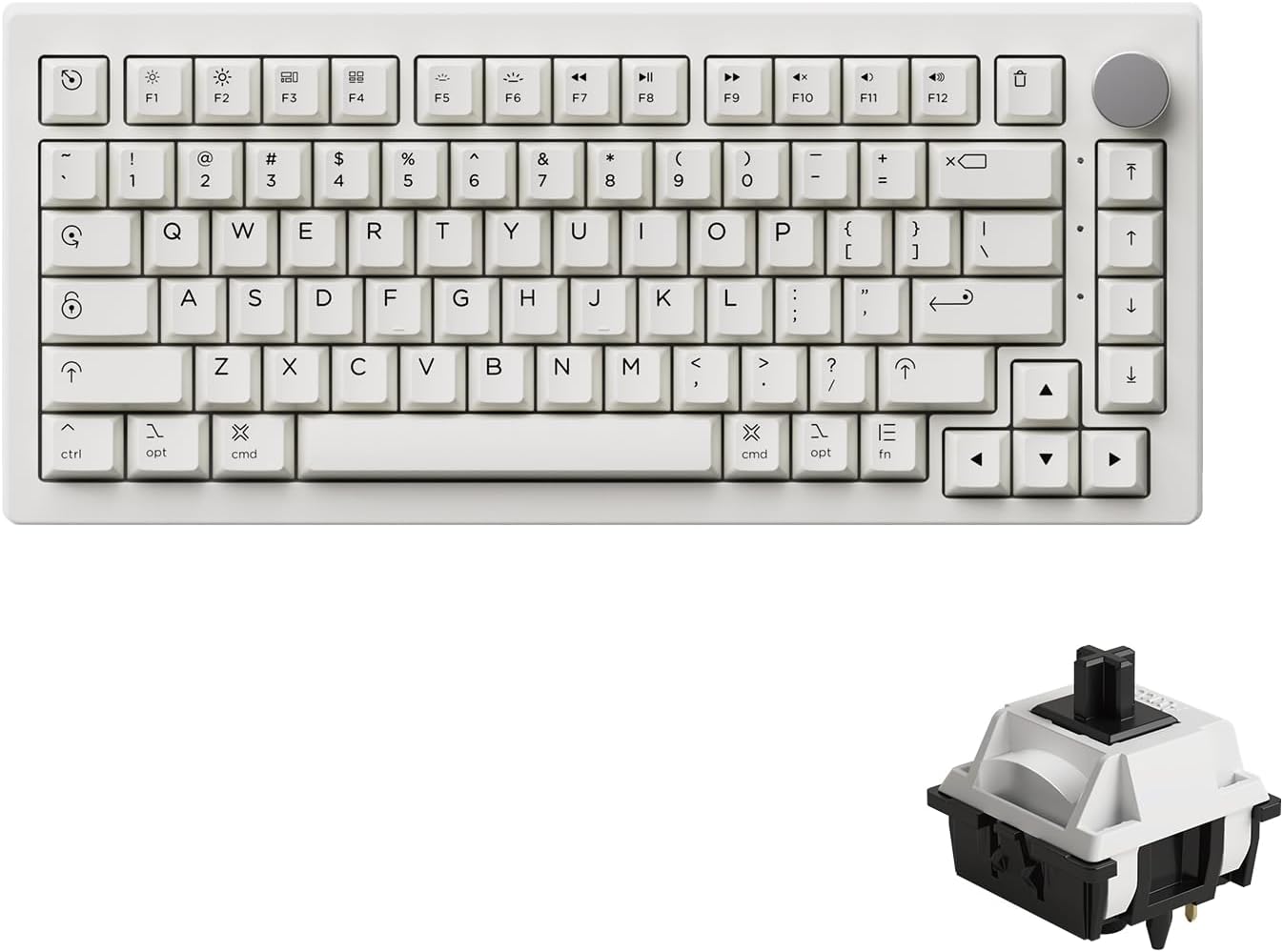 Check Price on Amazon
Check Price on Amazon
Conclusion: Your Healthiest Typing Experience
Ergonomics is not a one-size-fits-all solution. It’s about finding what works best for you. Experiment with different setups, pay attention to your body, and make adjustments as needed. By incorporating these ergonomic tips into your daily routine, you can enjoy the superior feel and performance of a mechanical keyboard while minimizing the risk of discomfort and injury. Remember, your health is an investment, and a comfortable, ergonomic workspace is a worthwhile investment.
Call to Action
What are your favorite ergonomic tips for using a mechanical keyboard? Share your thoughts and experiences in the comments below! And don't forget to check out the products mentioned above to enhance your typing setup and improve your well-being. Happy typing!
Mechanical Keyboard Starter Guide
Ever wanted to learn about or build your own mechanical keyboard? This guide will show you everything you need to know.
Learn More